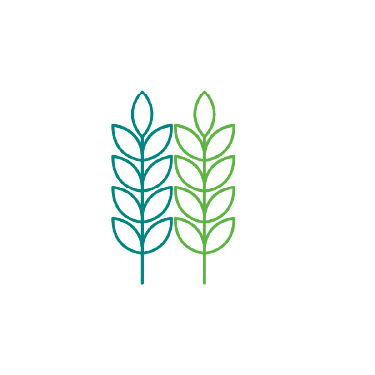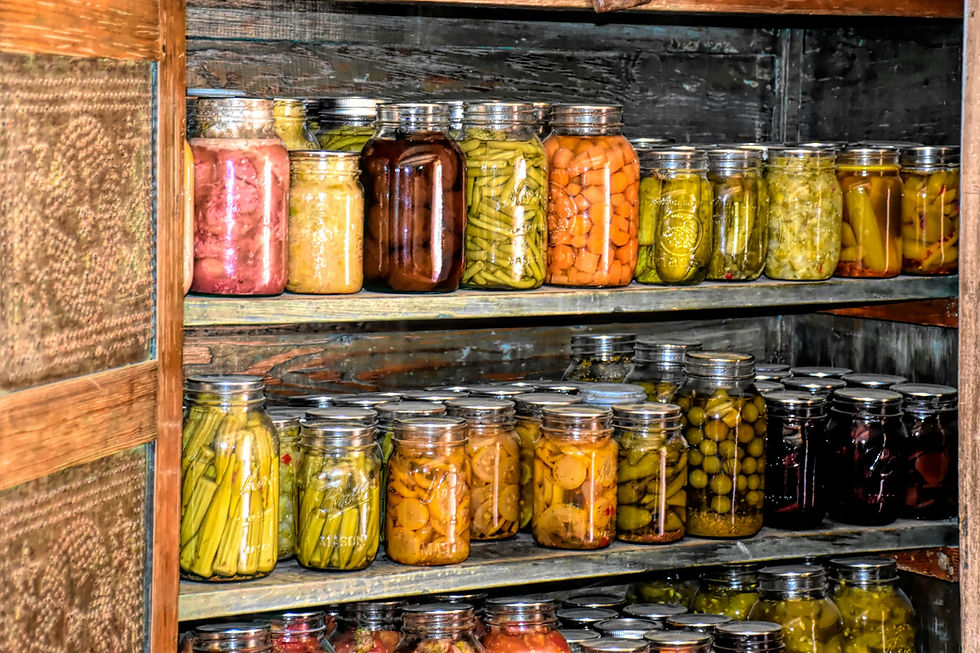Consuming local is not always enough: the produce we don’t grow
- Friends of Sustainable Agriculture

- Oct 2
- 5 min read
As summer winds down quickly and our romance with the best produce of the year is halted, we Friends of Sustainable Agriculture are due to return to the musings that haunt us most often. What should we be consuming? How much effort makes us sustainable? We are constantly reminded of the fact that much of what we consume is not produced in the United States.
In 2025, trying to be sustainable goes far beyond buying locally, because you could go to your neighborhood store and “locally” buy something that has traveled across half the world to reach you. Because sometimes things aren’t meant to be there right then, such as winter blueberries, and others should not be there at all, because they are simply not produced in our country. The most obvious cases are chocolate and coffee; two commodities so entrenched in our everyday lives that we might not think much of how they arrive at us.

Daily treats from distant lands
For a morning cup of coffee served at your favorite all-American diner it is likely that at least some of it has its origin in Brazil or Colombia, as these two countries account for 62% of all green (that is, unroasted) coffee imports into the United States. Unless you buy only at specialty coffee shops –those that can keep track of the origin—the coffee probably arrived to your town after being sourced internationally, roasted, and packaged by one of the big names in coffee retail. In doing so, the work of many smallholders gets conflated invisibly into each cup.
The lengthy process of growing, picking, separating, fermenting and drying gets lost along the way, as do the numerous struggles farmers have to face. Climate volatility is compressing growing seasons, and amplifying pest and disease pressure; price swings and weak bargaining power entrench a persistent living-income gap; water stress and biodiversity loss erode long-term resilience; and farmers struggle to access climate and nature finance to fund adaptation.

Similar pressures fall upon chocolate production. In this case, the United States depends on the swings of many regions, as cocoa beans come mostly from Cote d’Ivoire, Ghana and Ecuador, while cocoa butter is supplied mainly by Malaysia and Indonesia. The West African region containing Cote d’Ivoire and Ghana produces more than 60% of all cocoa beans in the world, which means that when something bad happens there, everyone feels it. This has been the case during 2025, as weather and pest-related problems in the two leading producer countries led to an estimated deficit of 478,000 tons, and drove prices up.
Fruits and vegetables
A 2023 report of the USDA Economic Research Service found that fruit and vegetable supply has steadily grown to depend on imports for day-to-day consumption. In 1981, less than 10% of vegetables and 30% of fruits were imported; by 2021, those percentages had risen to more than 35% of vegetables and 60% of fruits.

As an immediate neighbor, Mexico is the source of much of the fresh produce we no longer supply to our own tables. Trade towards the U.S. is so important that UC Davis’s Rural Migration News surmises half of the tomatoes, lettuce, watermelons, avocados, and strawberries, and up to 75 percent of the asparagus, broccoli, and cucumbers grown in Mexico are exported to the US.
Some of it is driven by the sudden popularity of a product we do grow, as is the case for avocados. A food item that grew in desirability as it became trendy some 15 years ago, American farms certainly cannot fulfill its national demand. California produces 90% of all American-grown avocados, but they are only 10% of all the avocadoes consumed in the country. Fortunately, Mexico is close enough and does have a large production, and by 2021, over a billion metric tons were being imported annually into the United States.
Another important driver for the import of fresh fruit can be convenience, as we have become accustomed to formerly seasonal products being now available year-round. Blueberries are a prime example. Fresh berry exports from Latin America have grown exponentially since the year 2000, particularly in the case of blueberries, of which imports grew 400% in 20 years. The U.S consumes close to 800 million pounds of blueberries yearly, and about 60% is imported (mostly from Peru, Mexico and Chile).

Home-grown: not always best.
When thinking about emissions and how we can shop responsibly, home-grown is not necessarily best. The United States does produce commodities such as bananas (albeit in fringe amounts) and pineapples, mainly in Hawaii. However, distance from Hawaii to the closest point in the mainland more than doubles the distance from the U.S. to Central American countries in which the same products are grown, often by the same American companies.
Distance and mode of transportation do matter when choosing how we consume if we try to lead a more sustainable life, and when no truly local options are available, looking at the agricultural practices at the source becomes the best alternative to consume ethically our favorite fruit.

Beholden to the external world
As evidenced by the cocoa example, we are in no position to ignore global challenges, because our food systems are vastly interconnected with what goes on elsewhere in the world. Climate challenges that can disrupt crops and political events such as tariffs (apart from the already rising prices due to short supply, Cote d’Ivoire imports are now taxed 21%, which translates into more expensive chocolate) can change how much we spend on food or how readily available ingredients are in our pantries.
And while we cannot alter trade decisions, nor can we change the way in which products are sourced, we can support regenerative, climate smart practices abroad. This is why we have a sister organization, the Sustainable Agriculture Network (SAN), to support regenerative agriculture and responsible sourcing across the world. Because we are at the end of the chain, and we want to be the best consumers we can be.
That morning cup of coffee carries more than flavor—it holds the story of farmers, their fields, and the land that sustains them. To be sustainable is to pause and wonder: how are those farmers faring, and how is the planet being treated in the process?




Comments